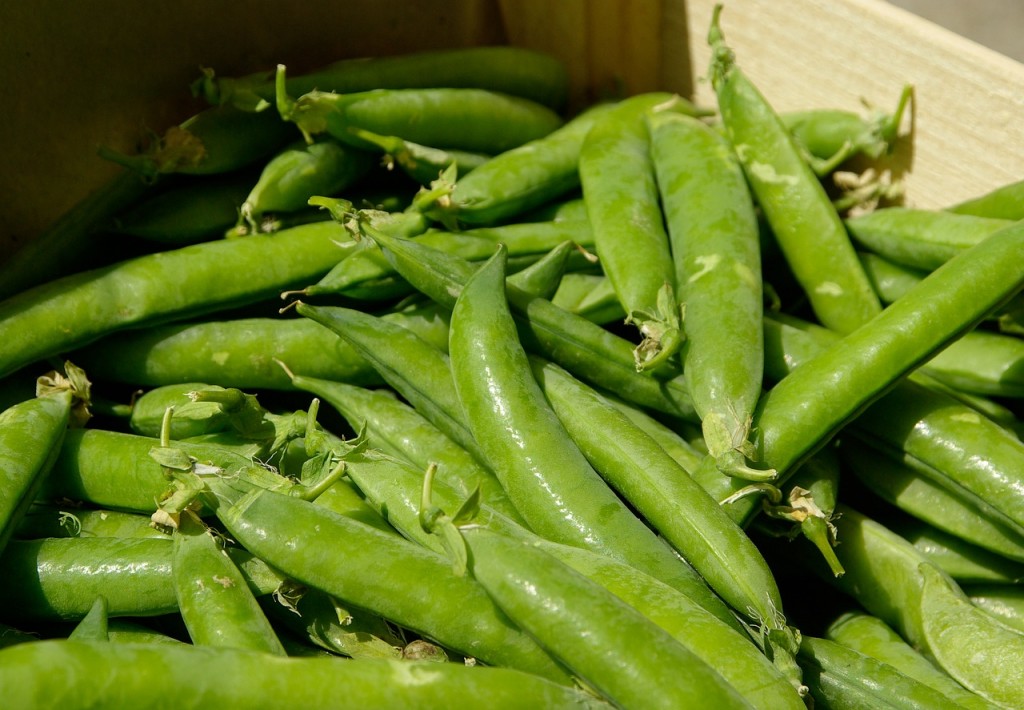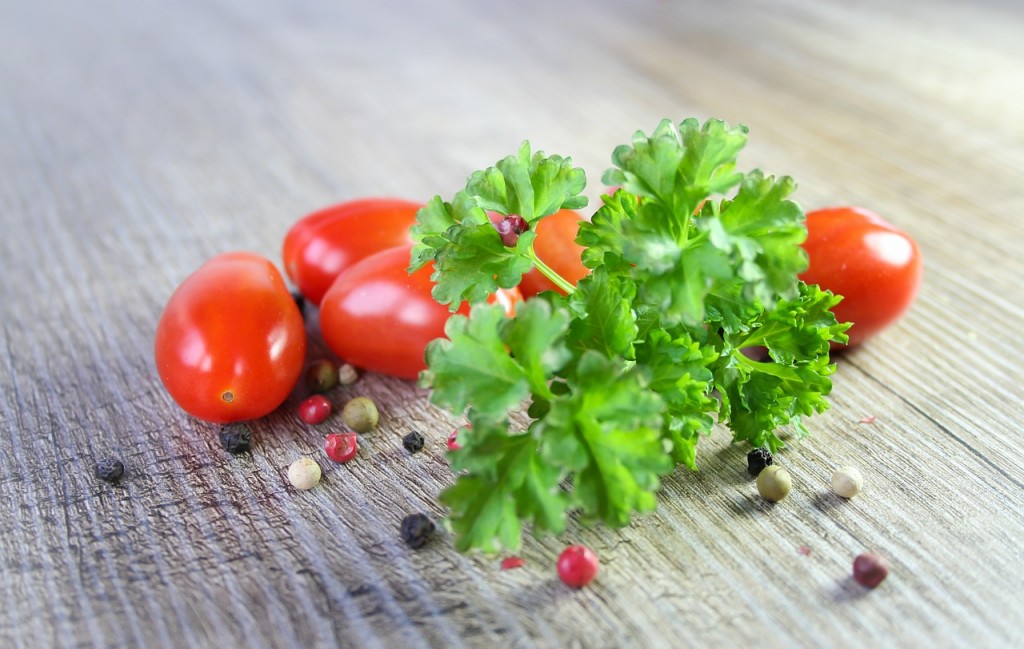
On a recent tour of English gardens I was drawn to the potting sheds and work areas with their neatly stored tools; and to the wonderful greenhouse facilities and cold frames which held rows of baby plants waiting to be dug into freshly prepared beds.
I wanted a greenhouse and a cold frame of my own. Badly.
To putter over planting lists and potting soil, and be able to grow unusual varieties of flowers and vegetables that aren’t available at local garden centers – like the heirloom orange tomato ‘Valencia,’ my recent favorite – seemed like a dream then.
But some dreams do come true
I now use a greenhouse facility at the local university every April, sharing space with other eager gardeners (who, like me, have stacks of tomato seed packets) and I’ve got a cold frame of my own located just outside the kitchen door.
The cold frame is a raised rectangular planter with an angled top made of glass that has an automated opener. It has a soil base for direct planting. The glass top insulates and helps keep the soil warm, allowing me to start growing once the soil temperature reaches over 50 degrees.
It’s been a very cold winter here in Vermont with variable snow. March temperatures are swinging wildly from moderately warm to below freezing, and right now my cold frame has a light covering of snow – but soon enough I’ll be able to dig into my seed collection, write up some labels, and get my hands in the soil.

One of the first things I’ll sow are vitamin-rich baby greens. The seeds are tiny and are planted thickly just below the surface or covered with a light layer of soil. Mesclun mixes include a variety of lettuce types; when they’re around 4” high you simply cut (but leave the basal growth) and come back after another few weeks to harvest more. These are eaten fresh as salads with a light dressing of olive or walnut oil.
Beet and chard seeds can be sown early and cut when very small, and they’re delicious when stir-fried quickly and eaten as a side dish with rice.
Another favorite is arugula (Eruca sativa), so easy to grow (and fast) that its common name is the rocket. Shake some seeds into the cold frame every couple of weeks for a continuous harvest. Plants will be ready for cutting in about four weeks.
If I have enough lettuce or kale in the cold frame I’ll transplant these to the vegetable garden in late April so that they have room to grow. I like to arrange different colored lettuces in pretty patterns and use pansies to fill in around the plants. The purple variety ‘Merlot’ produces a beautiful ruffled head and pairs well with the French heirloom ‘Rouge d’Hiver,’ one of my favorites with reddish-bronze leaves.
If you’re planning to use your cold frame for propagation, remember that tap-rooted edibles like carrots, radish, or beets should be grown in place. Sow, reap, and enjoy – but don’t move.
I also use the cold frame to help transition greenhouse seedlings, a critical process called hardening off.
Here’s how hardening off works
Seedlings that have been grown in greenhouses or under lights get moved into cold frames at the start of the planting season after the threat of frost has passed. It’s like school recess – bring them outdoors for a little while, then back inside. Repeat every day. Be patient. This process can take up to two weeks.

Coddled by even temperatures within a controlled environment, the plants need to toughen up and get exposed to the elements. If they’re transplanted directly outdoors they’ll die, so this is an important phase.
Tomatoes, basil, and zinnias starts that have been carefully tended in the greenhouse will go into the cold frame in late May and won’t be planted out until the soil in my garden beds has reached 65 – 70 degrees.
In June, if I need the extra growing space, I remove the top from the frame and store it, then use it as a regular raised bed. Once September rolls around it’s time to start new crops of cold-hardy greens or vegetables.
Put the top back on when it starts to snow, tidy up the greenhouse, and dream of lush plantings,
Charlotte Albers, owner of Paint Box Garden in Vermont


